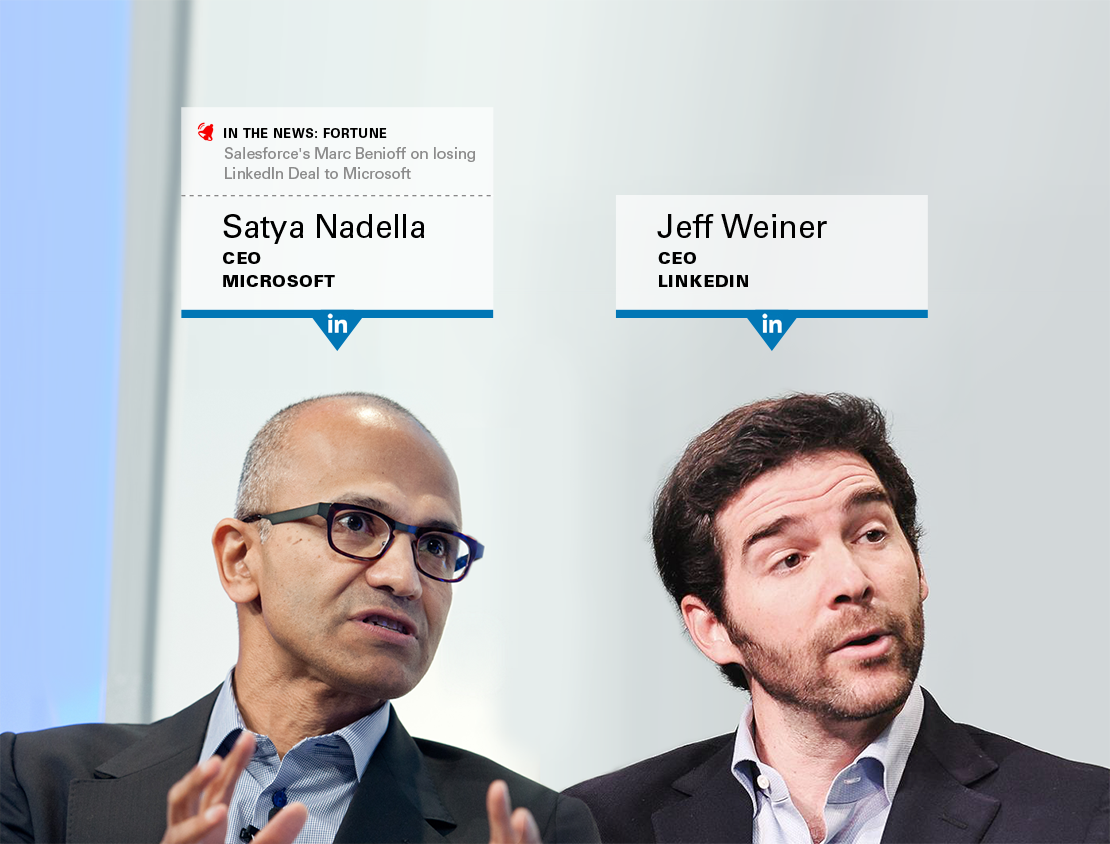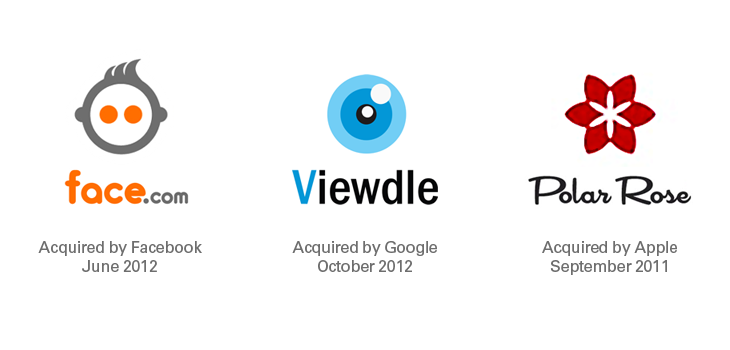Face Recognition will be AR's killer app.
 Tuesday, August 30, 2016 at 9:00PM
Tuesday, August 30, 2016 at 9:00PM 
Linkedin’s CEO asks:
While wearing HoloLens — the developer-kit model of an Augmented Reality eyewear system by their new parent company, Microsoft — Linkedin CEO, Jeff Weiner asks, “Beyond games, what do you think the next ‘Killer App’ will be for AR?”
Face Recognition & Social
At Mobile World Congress 2010 two face recognition mobile apps were demoed: Swedish computer vision startup, Polar Rose unveiled a proof-of-concept mobile application that would recognize a person’s face and associate them with their various social media accounts. Face.com of Israel also demoed a similar app. By September of that year Polar Rose was acquired by Apple. Face.com would be acquired the following year by Facebook. While their technologies may have surfaced in other applications like Apple Photos and Facebook photo albums, no such mobile applications ever shipped.
At CES 2011 another entrant, Ukrainian computer vision startup, Viewdle, debuted another version with a more rapid recognition engine. By Mobile World Congress 2011 they had polished their demo to the video shown below:
After meeting the Viewdle team at CES in January 2011, I invited them to participate with an installation & demo at TEDxSiliconAlley 2011 in October. We followed with plans to create an event app for TEDxSiliconAlly 2012. The proposed app would connect attendees’ faces to their Linkedin profiles. Attendees could then network, by identifying those around them by face, and link back to their professional profile. We held several meeting regarding such an event app. Then Google acquired Viewdle and our event-centric mobile app plans were dashed.

It was also around this time that Yohan Bailot and myself had been entertaining the idea of launching a smartglasses startup. While this did not come to pass, Yohan would soon join Osterhout Design Group (maker of the R-7 smartglasses), and I would follow by joining Tokyo based smartglasses startup, Telepathy.
Everything old is new again …
As a consequence of my last Pulse article, I caught the attention of the Linkedin UX & UI teams. Having their ear, and given their newly minted acquisition by Microsoft, I made the case that they should produce a Linkedin event checkin app, incorporate face recognition, and build a concept version for HoloLens — both building exceptional earned media, as well as a viable use case going forward. I also proposed that Yohan, who is also a HoloLens developer, and myself would be glad to build such an app for Linkedin — they demurred our overture to outsource.
The rumor mill …
A few days later I found myself at Upload VR, conversing with an individual purported to be “in the know” about the Linkedin Microsoft acquisition. Having said nothing of my own HoloLens Linkedin app proposal, I was given the “scoop” that Linkedin had allegedly agreed to exit to Microsoft, rather than a higher bid by Salesforce, at least partially on the merits of a HoloLens face recognition Linkedin demo very much like my proposal above (Update: Linkedin says they don’t comment on rumors, but were also candid that there is no such project on their end.).
Social is great for VR, It’s even better for AR.
I applauded Facebook’s acquisition of Oculus, in spite of protests from gamers, citing the value of connecting one’s “in world” Virtual Reality identity to one’s existing social network. For non-gaming Augmented Reality applications, situational awareness will prove the root of most valuable applications. Face recognition will be among the first, and the most valuable applications.
Everyone wants to be omniscient … though they are often concerned about invasions of their own privacy. Much as Facebook only identifies faces in your photos from the database of your own network, face recognition privacy concerns in AR will be addressed by building in similar limitations. Users’ could limit the ability to be recognized only by their 1st degree or 2nd degree networks, or limited in time and geo-fenced to the location of a particular event.
Dunbar’s number suggests that humans’ cognitive limitation on manageable relationships caps at 150 people. But many of us maintain social networks of thousands of loose connections. How many times have you been at a business event and struck up a conversation only to learn you’ve already met before? How often have you been at a business function and seen someone you knew that you knew, but had no recollection of their name? Networks like Linkedin allow us to offload the maintenance of a much larger network than we can manage in our head, but we still have a user experience that requires we use a screen and a browser or phone based interface to access that database of existing relationships. Computer vision based face recognition will be Augmented Reality’s first non-gaming “Killer App,” connecting our relationships back to our contextual reality.
What do you say?
This article was originally published at Linkedin / Pulse. Feel free to share your own thoughts on non-gaming related Augmented Reality applications in the comments, or to give the story a “like.”

